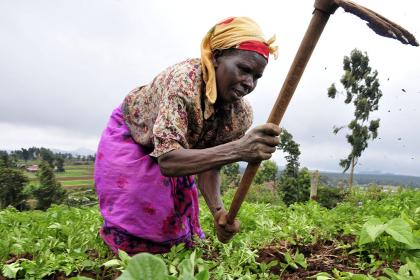
The least developed countries (LDCs) are a group of 49 countries that have been identified by the UN as "least developed" in terms of their low GDP per capita, their weak human assets and their high degree of economic vulnerability.The Least Developed Countries, 2002 Report, is the first international comparative analysis of poverty in the LDCs. It is based on a new set of poverty estimates constructed specifically for the Report. The new estimates enable empirically based analysis of the relationship between poverty, development and globalization, and thereby the elaboration of more effective national and international policies to reduce poverty in the LDCs.
The Report shows that extreme poverty is pervasive and persistent in most LDCs, and that the incidence of extreme poverty is highest in those LDCs that are dependent on primary commodity exports. The incidence of poverty is so high because most of the LDCs are caught in an international poverty trap. Pervasive poverty within LDCs has effects at the national level that cause poverty to persist and even to increase, and international trade and finance relationships are reinforcing the cycle of economic stagnation and poverty. The Report argues that the current form of globalization is tightening the poverty trap.
With improved national and international policies, LDCs can escape the poverty trap. Indeed a central message of the Report is that there is a major, but currently underestimated, opportunity for rapid reduction in extreme poverty in the LDCs through sustained economic growth. However, the new Poverty Reduction Strategy Papers (PRSPs), which are currently the focus of national and international efforts to reduce poverty in poor countries, are not grasping that opportunity. The Report proposes an alternative approach to improve the design of poverty reduction strategies. It also shows that effective poverty reduction in the LDCs needs a more supportive international environment. This should include increased and more effective aid and debt relief, a review and recasting of international commodity policy, and policies which recognize the interdependence between the socio-economic marginalization of the poorest countries and the increasing polarization of the global economy.




